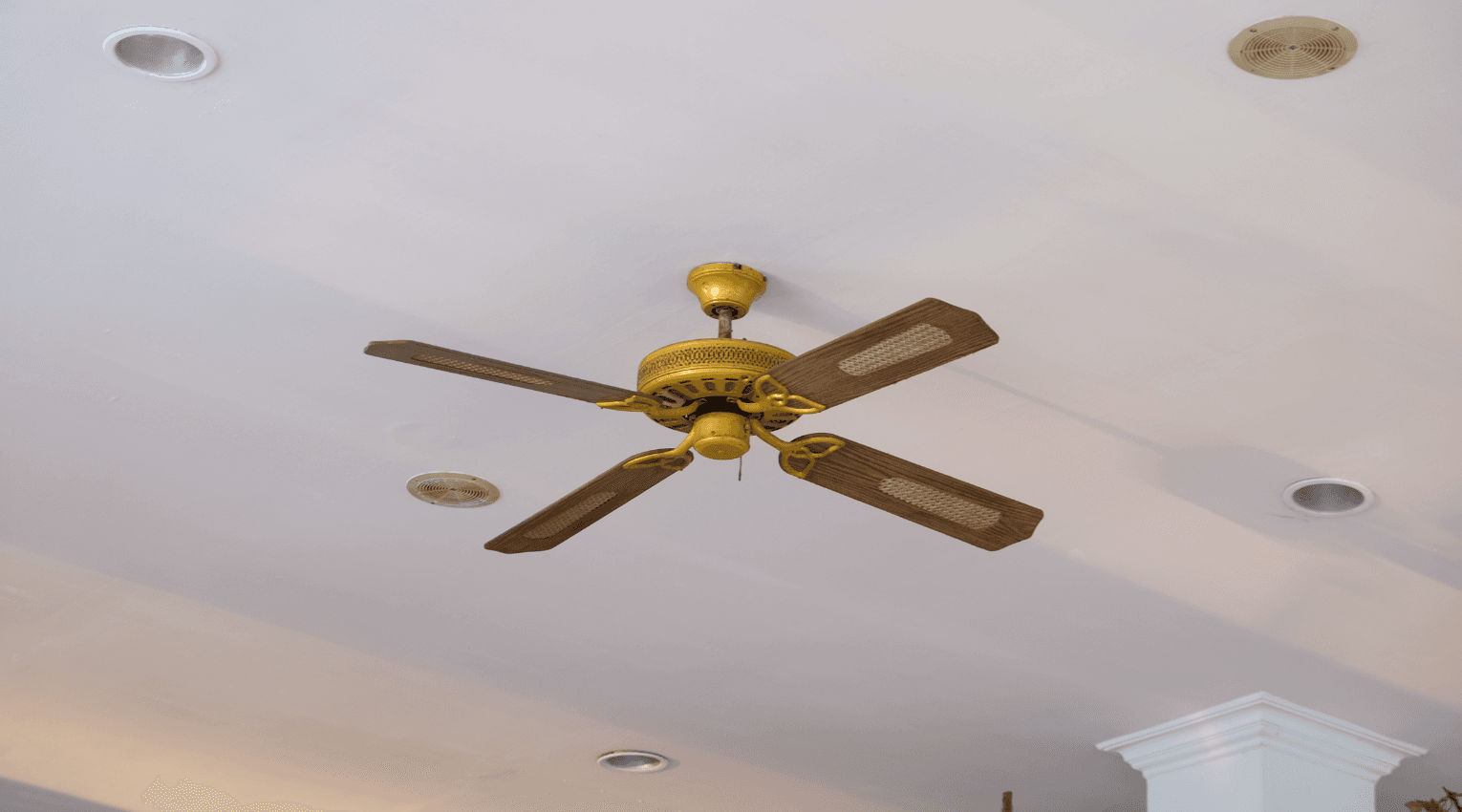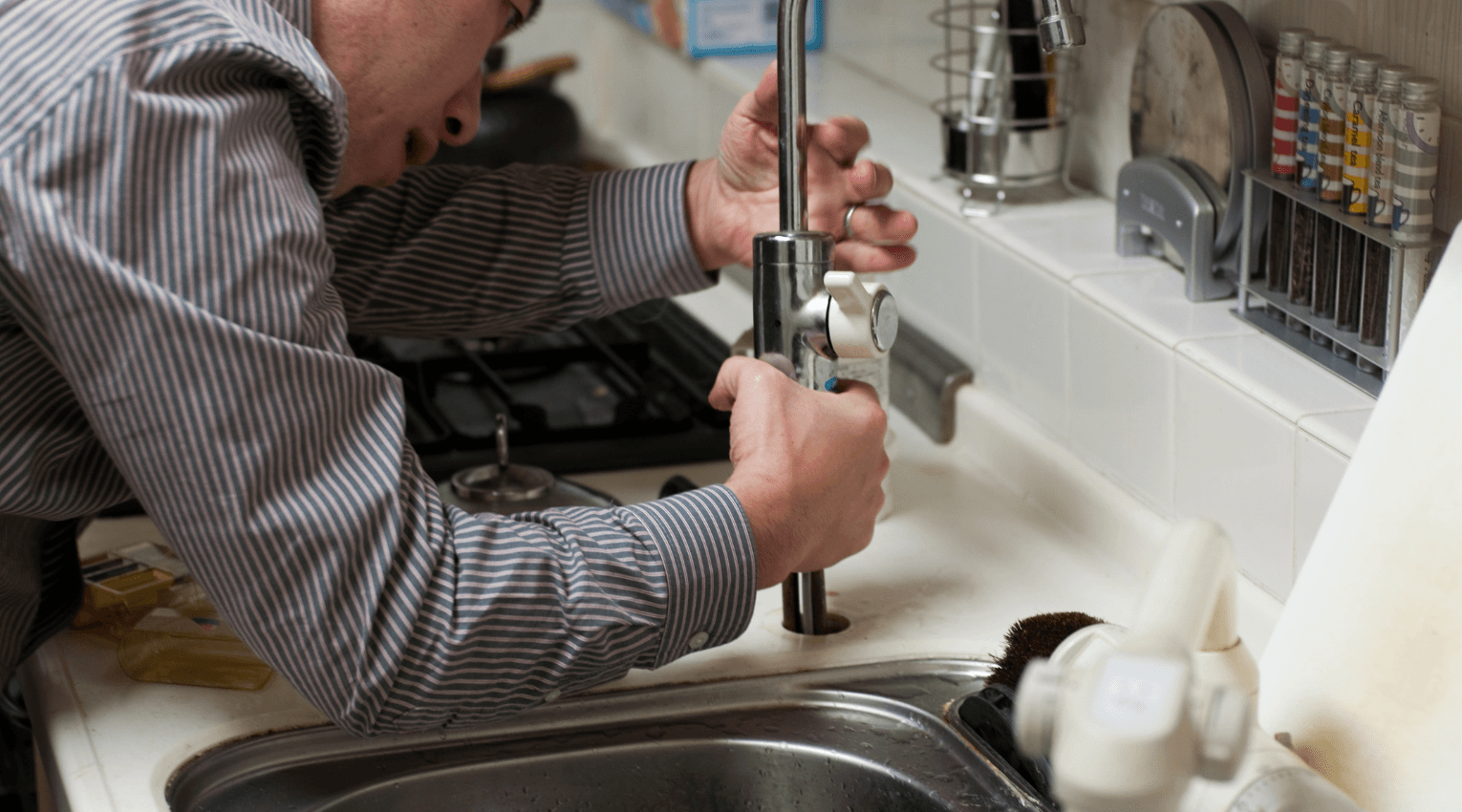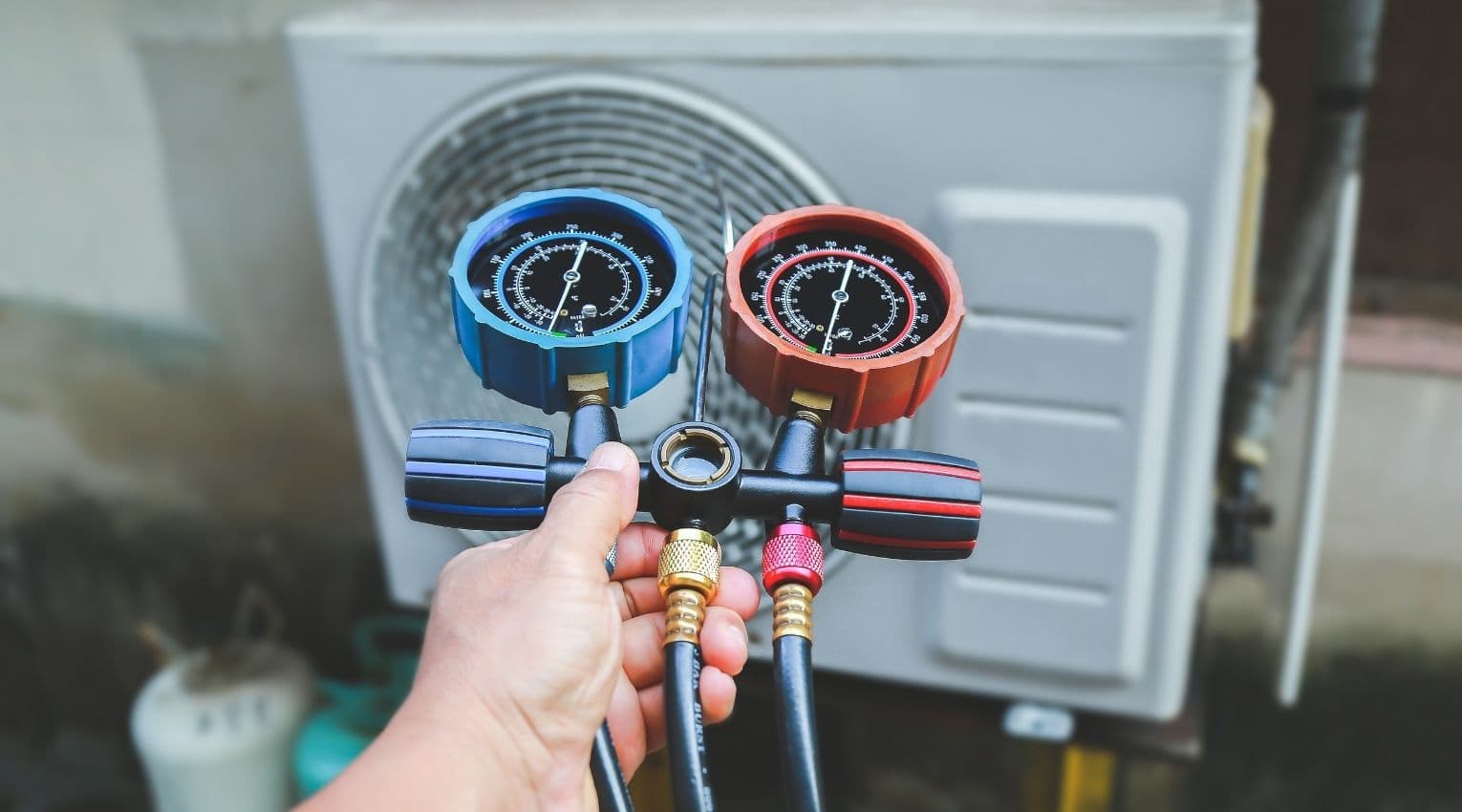Hometap Tip: Drain and Flush Your Hot Water Heater

By removing built-up sediment, draining and flushing your hot water heater improves the heater’s efficiency and extends its working capacity/operating life. Servicing your hot water heater once a year can save you $750-$1,350 (the potential cost of installing a new hot water heater), not to mention the avoided expenses to clean up a leak!
What to Do
Remove sediment and mineral build up from your hot water heater.
What You’ll Need
- Backyard hose
- Gloves
- Bucket
How to Do It
First turn off the water source to your heater, then turn off the power source. (For gas heaters, turn the thermostat to “pilot.” For electric heaters, turn the power off via its breaker switch in your home’s electrical panel.) Locate the water heater tank’s drain valve and determine where you’ll route the drained water and sediment (e.g., exterior drain, floor drain, lawn, etc.). Attach a standard backyard hose to the water heater tank’s drain valve and route the other end to the drain.
Go to the sink nearest to your hot water heater and turn on its hot water tap. Return to the water heater, open the drain valve, and drain all water from the tank. Once the tank is emptied, turn on the cold water to dislocate any remaining built-up sediment. Repeat these steps until the tank’s water runs clear. (If the water doesn’t run clear after repeated flushing or if the water drain is slow or nonexistent, you’ll want to call in a plumber.)
Close the drain valve and remove the hose. Turn on the cold water so the tank will begin to fill. Return to the hot water tap and test it—once cold water begins to flow from it, turn it off. Confirm that the drain valve is completely closed so you won’t have any leaks. Restore power to the water heater (via either gas valve or electricity breaker). Check the drain where all the flushed sediment was routed to clear and dispose of any buildup.
You should know
We do our best to make sure that the information in this post is as accurate as possible as of the date it is published, but things change quickly sometimes. Hometap does not endorse or monitor any linked websites. Individual situations differ, so consult your own finance, tax or legal professional to determine what makes sense for you.



